#Software Development Languages
Explore tagged Tumblr posts
Text
Best Practices in Software Development: Writing Clean and Efficient Code
Introduction
In today's technology-driven world, software development is pivotal for businesses and individuals aiming to innovate and streamline operations. It encompasses the entire process of designing, coding, testing, and maintaining software applications to meet specific needs. Whether you're a startup, a large corporation, or an individual entrepreneur, investing in software development ensures efficient processes and a competitive edge.
Types of Software Development
Front-End Development
Focuses on the user interface and experience, utilizing technologies like HTML, CSS, and JavaScript to create interactive and visually appealing applications.
Back-End Development
Manages server-side logic, databases, and application integration, ensuring that the software functions correctly behind the scenes.
Full-Stack Development
Combines both front-end and back-end development skills, enabling developers to build comprehensive applications from start to finish.
Mobile Application Development
Involves creating applications specifically designed for mobile devices, using platforms like iOS and Android.
Embedded Systems Development
Focuses on developing software for specialized hardware systems, such as automotive controls or medical devices.
Key Technologies in Software Development
Programming Languages: JavaScript, Python, Java, C#, and C++ are among the most commonly used languages.
Frameworks and Libraries: React, Angular, Django, and .NET aid in building robust applications efficiently.
Databases: Systems like MySQL, PostgreSQL, and MongoDB are used to store and manage data effectively.
Version Control Systems: Tools like Git help in tracking changes and collaborating on codebases.
Benefits of Professional Software Development Services
Customized Solutions: Tailored software meets specific business requirements, enhancing efficiency.
Scalability: Professionally developed software can grow with your business needs.
Security: Implementing best practices ensures data protection and minimizes vulnerabilities.
Maintenance and Support: Ongoing support ensures the software remains up-to-date and functional.
How to Choose the Right Software Development Service Provider
Experience and Expertise: Look for providers with a proven track record in your industry.
Portfolio and Case Studies: Review past projects to assess quality and relevance.
Client Testimonials: Positive feedback indicates reliability and satisfaction.
Communication and Collaboration: Ensure they have a transparent process and are open to feedback.
Common Challenges in Software Development
Requirement Changes: Evolving needs can lead to scope creep if not managed properly.
Technical Debt: Compromises in code quality for quick delivery can cause future issues.
Integration Issues: Ensuring new software works seamlessly with existing systems.
Resource Constraints: Limited time, budget, or skilled personnel can impact project success.
Future Trends in Software Development
Artificial Intelligence and Machine Learning: Integrating AI to create smarter applications.
Cloud Computing: Leveraging cloud platforms for scalable and flexible solutions.
DevOps Practices: Combining development and operations for faster delivery cycles.
Internet of Things (IoT): Developing software for interconnected devices.
Conclusion
Investing in professional software development is crucial for organizations aiming to stay competitive and efficient in the modern landscape. By leveraging the right technologies and expertise, businesses can create solutions that drive success and innovation.
FAQs
What is the average cost of software development services?
Costs vary widely based on project complexity, scope, and location of the development team. It's best to obtain quotes from multiple providers.
How long does it take to develop a software application?
Timelines depend on the project's size and complexity; simple applications may take a few months, while larger systems can take a year or more.
What is the difference between front-end and back-end development?
Front-end development deals with the user interface and experience, while back-end development focuses on server-side logic and database interactions.
Can I update my software application after development?
Yes, regular updates are essential for adding features, improving performance, and ensuring security.
Why is mobile responsiveness important in software development?
With the increasing use of mobile devices, ensuring applications work well on various screen sizes enhances user experience and accessibility.
#Software Development Services#•#Software Development Languages#Software Development Outsourcing#Agile Software Development#Software Development Lifecycle#Software Development Methodologies#Software Development Process
0 notes
Text
#avientech#What do software developer do?#Which course is best for software developer?#How do I start software development?#Where can I study software development?#software development courses#software development examples#software development meaning#software development company#software development life cycle#software development languages#Software development jobs#software development process
0 notes
Text
I HAVE FINALLY SUCCEEDED
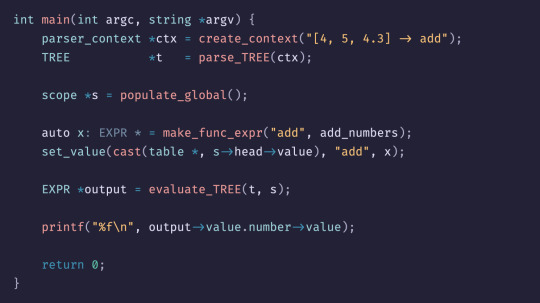

IT WORKS!!! IT WORKS!!!!!
[4, 5, 4.3] -> add BECOMES 13.3!!!!!!!!!!
YOU PEOPLE I HAVE DONE IT
source code will be coming soon (as soon as i get more helper functions working.
For now, PLEASE contribute if you can. Even as little as suggesting some helper functions could help me a ton.
Contribute below:
Open a PR, An issue, Anything, Just mention what the language lacks and you don't even need to implement it yourself, I'll add it to the To-Do list and get working on it ASAP.
Join the discord server, I will be posting updates and asking for suggestions and providing beta builds: https://discord.gg/JxnKn9jd
#code#codeblr#programming#compblr#programmer#progblr#developer#software engineering#c#programming languages#github#coding#coder#software engineer#technology#development#software development#software
107 notes
·
View notes
Text
The story of BASIC’s development began in 1963, when Kemeny and Kurtz, both mathematics professors at Dartmouth, recognized the need for a programming language that could be used by non-technical students. At the time, most programming languages were complex and required a strong background in mathematics and computer science. Kemeny and Kurtz wanted to create a language that would allow students from all disciplines to use computers, regardless of their technical expertise.
The development of BASIC was a collaborative effort between Kemeny, Kurtz, and a team of students, including Mary Kenneth Keller, John McGeachie, and others. The team worked tirelessly to design a language that was easy to learn and use, with a syntax that was simple and intuitive. They drew inspiration from existing programming languages, such as ALGOL and FORTRAN, but also introduced many innovative features that would become hallmarks of the BASIC language.
One of the key innovations of BASIC was its use of simple, English-like commands. Unlike other programming languages, which required users to learn complex syntax and notation, BASIC used commands such as “PRINT” and “INPUT” that were easy to understand and remember. This made it possible for non-technical users to write programs and interact with the computer, without needing to have a deep understanding of computer science.
BASIC was first implemented on the Dartmouth Time-Sharing System, a pioneering computer system that allowed multiple users to interact with the computer simultaneously. The Time-Sharing System was a major innovation in itself, as it allowed users to share the computer’s resources and work on their own projects independently. With BASIC, users could write programs, run simulations, and analyze data, all from the comfort of their own terminals.
The impact of BASIC was immediate and profound. The language quickly gained popularity, not just at Dartmouth, but also at other universities and institutions around the world. It became the language of choice for many introductory programming courses, and its simplicity and ease of use made it an ideal language for beginners. As the personal computer revolution took hold in the 1970s and 1980s, BASIC became the language of choice for many hobbyists and enthusiasts, who used it to write games, utilities, and other applications.
Today, BASIC remains a popular language, with many variants and implementations available. While it may not be as widely used as it once was, its influence can still be seen in many modern programming languages, including Visual Basic, Python, and JavaScript. The development of BASIC was a major milestone in the history of computer science, as it democratized computing and made it accessible to a wider range of people.
The Birth of BASIC (Dartmouth College, August 2014)
youtube
Friday, April 25, 2025
#basic programming language#computer science#dartmouth college#programming history#software development#technology#ai assisted writing#Youtube
7 notes
·
View notes
Text

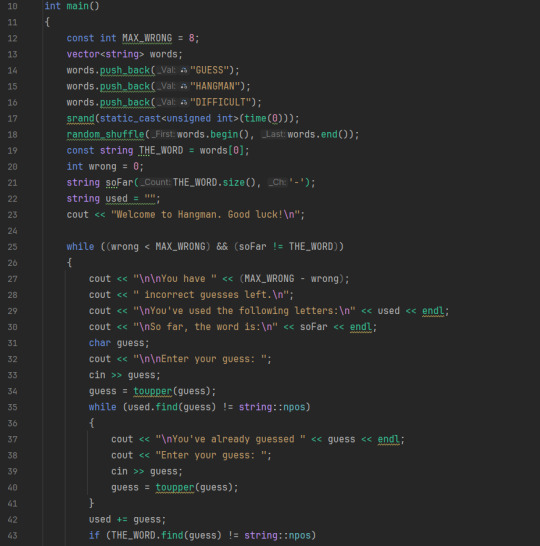
Days 47-50 of coding everyday for a year... It's been stressful
So I worked on with the image on top a game in Unity. I made a reverse murder mystery visual novel for Brackeys game jam. The bottom was me getting a feel for C++ still. Tbh I'm still kind of lost with it, but I'm trying. (it's just so different from C# in some ways). I'm also doing a small coding challenge every morning after I've had my coffee with C# since that's the language I'm going to base most of my career off of (I can do Java/Kotlin, and C++ but C# is special)
Here's a link to the game...
https://dragonlens.itch.io/beyond-the-infernal-door?fbclid=IwAR0pBC6WnHavtVRscNzITDQWXwVEiNJNUkJZhXPjLG9xCGTbdrpqzxPfFXg
The next few days I'll be working on more C++, and my .Net Maui project. I also might be practicing some coding interview questions/tests since the summer is coming up soon (I did make an impressive fizzbuzz with a twist)
#self improvement#cosmickittytalk#csharp programming#codeblr#c++ language#c++#c++ programming#csharp is superior#csharp#working on my unity asset!#unity game engine#unity game development#unity 3d#unity#unity 2d#game design#game development#indie games#pc games#software development#developer#learning programming#learning to code#girls who code#code#coding for a year#coding exercises#coding challenge#coding#game programming
9 notes
·
View notes
Text
Svelte Basics: First Component
I'm going through the Svelte tutorial since it's very comprehensive and up-to-date.
I'm going on a bit of a tangent before I start this post, but I'm straying away from YouTube videos and Udemy courses when learning new programming languages and frameworks. YouTube videos are too fragmented to get good information from. Courses (and YouTube videos) are usually not up-to-date, rendering parts of them useless. Not to mention that you have to pay for free information that's packaged in a course, which is kind of scummy.
Anyway, I've gotten quite a bit further than just the introduction section of Svelte basics, but I don't want to overload myself (or readers) with information.
My First Svelte Component:
This section was relatively straightforward. There wasn't much new information, but I was hooked because of its simplicity. I personally love the idea of having the script tags be a place to define variables and attributes:
<script> let var = "a variable!" </script>
<p>I'm {var}</p>
The example above shows how dynamic attributes are used. I can basically define any variable (and states, but that'll be for the next post) between the script tags that can be used in HTML.
This may seem mundane to programmers experienced in Svelte, but I think it gives really good insight into the philosophy behind Svelte. It's clear that they wanted to keep the language simple and easy to use, and I appreciate that.
As I mentioned in my introductory post, I have a background in React, which has a reputation for being convoluted. Well, maybe that's just my perception, but how Svelte is written is a breath of fresh air!
I look forward to making more posts about what I learn and my attempts at understanding it.
Until next time!
#svelte#web development#website development#developer#software engineering#software development#programming#code#coding#framework#tech#learning#programming languages#growth#codeblr#web devlopment#devlog#techblr#tech blog#dev blog#reactjs#nextjs
2 notes
·
View notes
Text
Amazon app store doesn't let's you delete apps 😡
So I got to know that Amazon app store doesn't let you delete apps that you have published !! And now I can't even update my old web apps there !!! I have 7 apps in Amazon app store and I want to remove them because of poor developer experience of Amazon, but get this?!! They will not let you even remove apps. To get it published you have to dance to their drums!! To get it removed you have to dance to their drums!!! I HATE AMAZON !!!
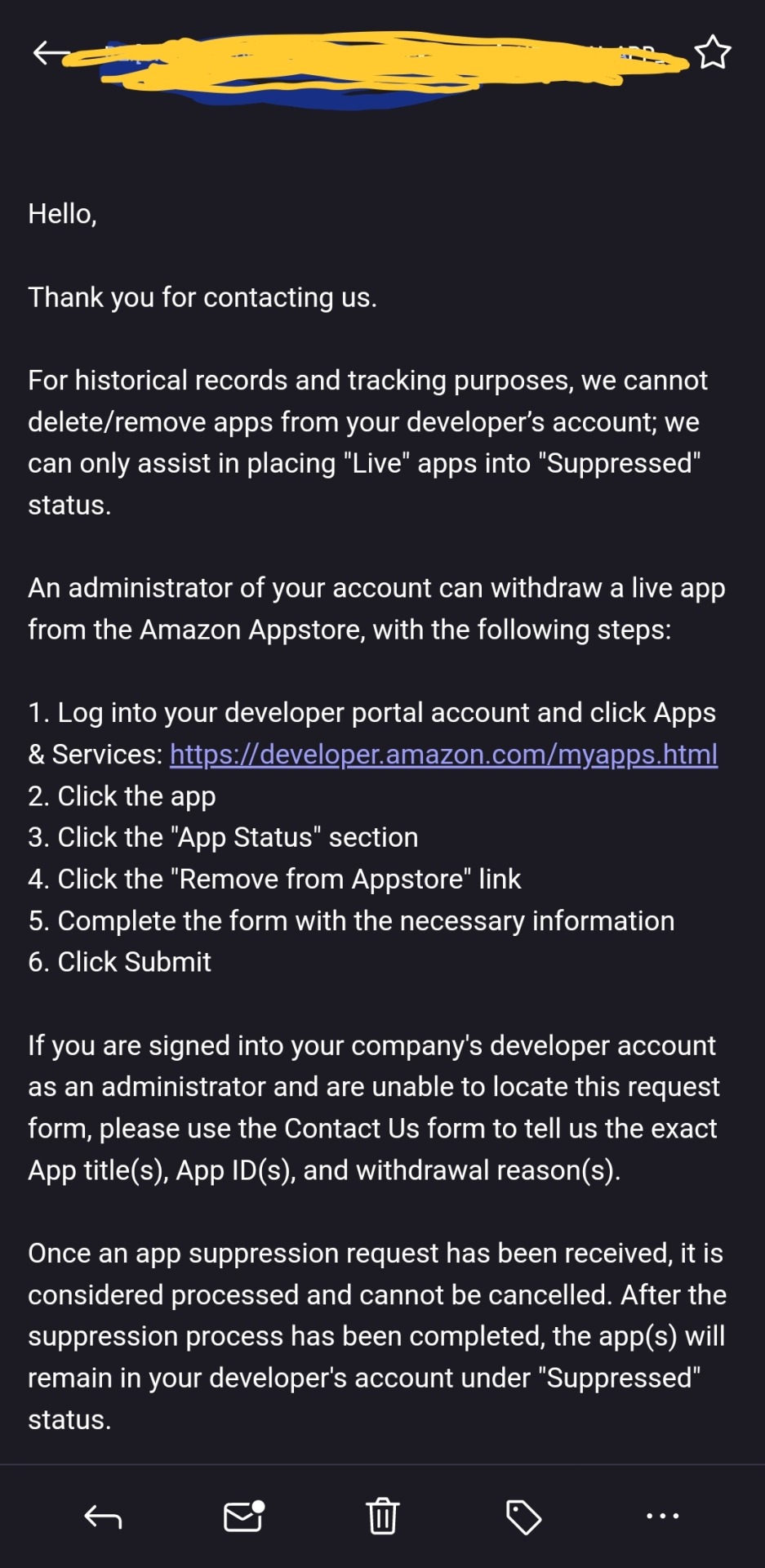
#dev rants#mobile app development#programming languages#programing#programming#web development#software development#learning to code#codeblr#progblr
14 notes
·
View notes
Text
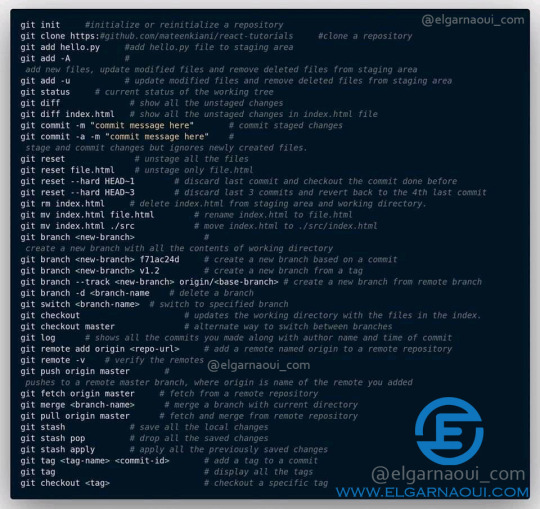
Git commands
#programming#git#gitlab#gitcommands#javaprogramming#java 21#javascript#web development#coding#codequality#software engineering#python#language#machine learning#artificial intelligence
4 notes
·
View notes
Text
Unlike 99% of human languages, computer languages are designed. Many of them never catch on for real applications. So what makes a computer language successful? Here's one case study...
#software development#software engineering#golang#coding#artificial language#concurrency#google#programming languages#compiler#computing history#mascot#gophers
5 notes
·
View notes
Text
Making a compiler
Every programmer out there, new or experienced longs for a chance to create their own programming language and compiler. I am no exception. Months ago I decided to fork an old project on github and develop it in my image. The project was a golang-like unfinished compiler, so I dug in and made changes. I changed the language to resemble a subset of rust, go and ocaml. I plan to add a LLVM backend inspired by the tre golang compiler. I will continue working on it until it kinda works. I still have a lot to do. check out the project on the link below. If you want to contribute submit a pull request.
#golang#programming#rustlang#compiler#programming languages#c++#typescript#java#javascript#javaris x#java development company#javatpoint#software#developer#sql#open source#python
11 notes
·
View notes
Text
How to Install Python on Windows 10
Python is a popular and versatile programming language that you can use for various purposes, such as web development, data analysis, machine learning, and more. In this tutorial, I will show you how to install Python on your Windows 10 computer in a few simple steps.
Step 1: Download the Python installer
You can download the latest version of Python from the official website: https://www.python.org/downloads/. Choose the Windows installer that matches your system architecture (32-bit or 64-bit).
Step 2: Run the Python installer
Once you have downloaded the Python installer, double-click on it to launch it. You will see a window like this:
Make sure to check the box that says “Add Python 3.x to PATH” to enable Python to run from any directory on your computer. Then, click on “Install Now” to start the installation process.
Step 3: Verify the Python installation
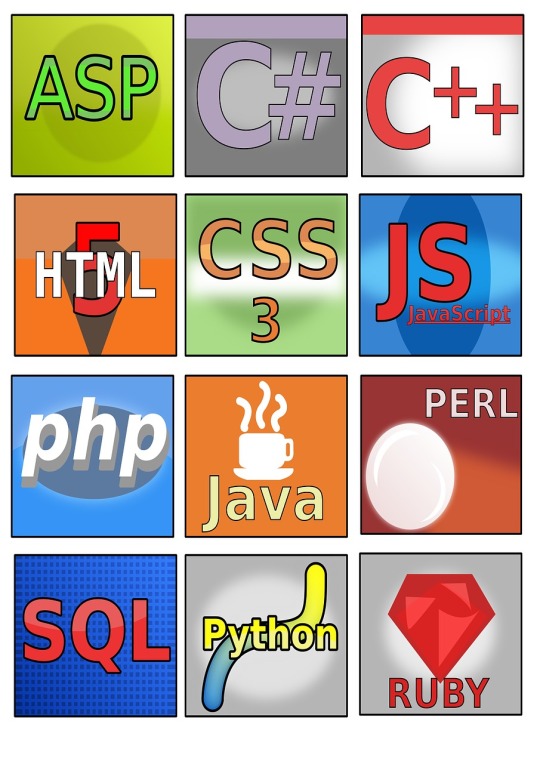
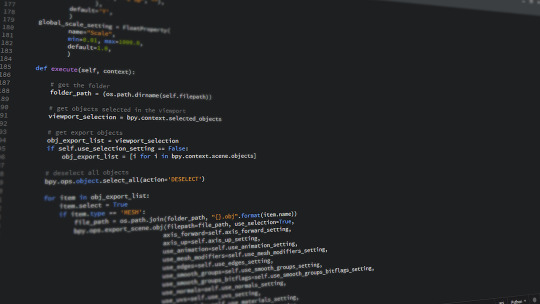
After the installation is complete, you can verify that Python is installed correctly by opening a command prompt and typing:
python --version
You should see the Python version that you installed, like this:
![Python version output]
Congratulations, you have successfully installed Python on your Windows 10 computer! 🎉
Don't forget to follow me @treasuremani
#pythonlearning#python language#software development#software#coding#programming#android app development#html#python#sql#php#css
2 notes
·
View notes
Text
A collection of IT resources. #tumblr#google
#@saurabhshukladigital#tumblrpost#technology#google news#artists on tumblr#google#linux#termux#developer#planet#climate change#global warming#india news today#github copilot#software#coding#programming languages#comp sci
4 notes
·
View notes
Text
Writing a programming language in C. How is this syntax:
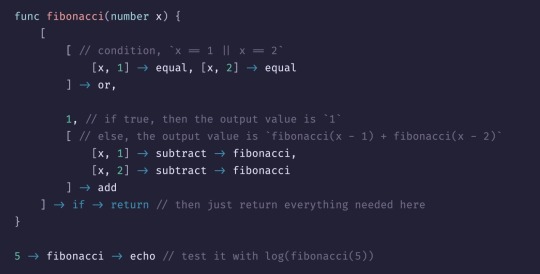
Join the discord server, I will be posting updates and asking for suggestions and providing beta builds: https://discord.gg/JxnKn9jd
#compblr#codeblr#progblr#programming#programmer#software engineering#code#developer#c#c language#programming languages
55 notes
·
View notes
Text

TOP 10 courses that have generally been in high demand in 2024-
Data Science and Machine Learning: Skills in data analysis, machine learning, and artificial intelligence are highly sought after in various industries.
Cybersecurity: With the increasing frequency of cyber threats, cybersecurity skills are crucial to protect sensitive information.
Cloud Computing: As businesses transition to cloud-based solutions, professionals with expertise in cloud computing, like AWS or Azure, are in high demand.
Digital Marketing: In the age of online businesses, digital marketing skills, including SEO, social media marketing, and content marketing, are highly valued.
Programming and Software Development: Proficiency in programming languages and software development skills continue to be in high demand across industries.
Healthcare and Nursing: Courses related to healthcare and nursing, especially those addressing specific needs like telemedicine, have seen increased demand.
Project Management: Project management skills are crucial in various sectors, and certifications like PMP (Project Management Professional) are highly valued.
Artificial Intelligence (AI) and Robotics: AI and robotics courses are sought after as businesses explore automation and intelligent technologies.
Blockchain Technology: With applications beyond cryptocurrencies, blockchain technology courses are gaining popularity in various sectors, including finance and supply chain.
Environmental Science and Sustainability: Courses focusing on environmental sustainability and green technologies are increasingly relevant in addressing global challenges.
Join Now
learn more -
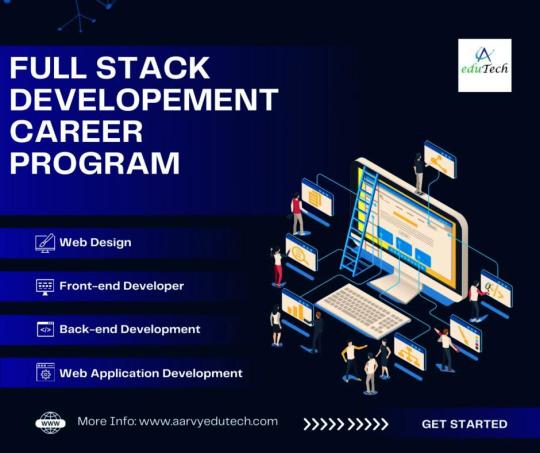
#artificial intelligence#html#coding#machine learning#python#programming#indiedev#rpg maker#devlog#linux#digital marketing#top 10 high demand course#Data Science courses#Machine Learning training#Cybersecurity certifications#Cloud Computing courses#Digital Marketing classes#Programming languages tutorials#Software Development courses#Healthcare and Nursing programs#Project Management certification#Artificial Intelligence courses#Robotics training#Blockchain Technology classes#Environmental Science education#Sustainability courses
2 notes
·
View notes
Text
I think it says something negative about either my thinking and/or Rust's design that the first real from-scratch program I decided to write in Rust forced me to write
#![no_main] //... #[no_mangle] pub unsafe extern "C" fn main(argc: isize, argv: *const *const u8) -> isize { //... }
This was for a re-implementation of histdir, because I wanted to reuse ripgrep's crates for faster parallelized search of the many files histdir ends up generating.
See, histdir will do a sha256 hash of the history entry (it doesn't necessarily need to be a cryptographically secure hash, but I need one with no realistic chance of collision, and sha256 is ubiquitously available).
And the history entry can come in as a command-line argument.
Which means I need to be able to hash a command-line argument.
Which comes in as bytes. Arbitrary bytes.
I have, at least once in my life, written command-line invocations with arbitrary binary in them. For testing, for dealing with the rare corrupted file name or contents, and for doing something low-level manually with raw binary files. Rare, but it's a thing that actually happens.
But even if I never again end up having arbitrary bytes in a shell/REPL history line that I typed, even if it's always proper valid UTF-8 or whatever, there's edge cases like data corruption of the history file, and composition with other things, until one day you have a garbled history entry in your history fuzzy search UI and you're hitting the keybind to delete it and it keeps not getting deleted because the fuzzy search UI is passing the entry to the histdir remove command as an argument and oh haha nope you implemented it in Rust so sucks to suck it can't handle invalid Unicode. (And yes, I actually have histdir accept entries either in a command argument or on stdin, but the availability of the latter is a poor excuse for the former to be less functional, especially since the former is frequently more convenient to use both interactively and programmatically.)
You'd think "oh, I'll just take my OS arguments as OSString instead of String, and then they don't have to be valid Unicode", but after wasting ~40 minutes I'll never get back, I can confidently say "good luck getting the raw bytes out of an OSString (unless it contains valid Unicode, hilariously)". And none of the sha256 implementations I found know how to take OSString inputs either.
Well, I'm not being entirely fair... you can do it in a way that's not available on Windows, or with some other API that's currently marked experimental but which will hopefully eventually be stabilized.
So the situation... isn't terrible, but I'd rather not write code that relies on an API whose name might change between now and it getting locked in as a stable guaranteed interface.
And honestly, I don't actually know when I'll use histdir on Windows. I don't know what CLI arguments will look like in that situation (Windows has some really weird stuff with CLI argument encodings - apparently each process/program can tell the OS it takes arguments in a different encoding, and the OS will translate). But at least if I'm accessing the raw bytes there's a 100% transparent option available - if I can pass raw bytes in, I'll get those bytes handled exactly as passed. And the nicer higher-level safer Rust APIs somehow failed to make it possible to get raw OS-level CLI arguments and process them, as bytes, exactly as passed - even though at the OS level arguments are potentially arbitrary bytes.
I'd be a much happier person if I just didn't know or care or think about this stuff. If I just thought "oh yeah std::env::args() yes good I have strings" and moved on to use them. If I didn't even register that it would panic on invalid Unicode, and if forced to, immediately brushed it off with a dismissive rationalization like "well when would that happen?"
I'd similarly be much happier if I could just dismiss Windows as irrelevant and a problem for someone else later down the line, even if that someone else is going to be me. And maybe that's the wiser choice. After all, maybe by then things would be easier, maybe some portable stable APIs would be available. Maybe some of these possibilities would be collapsed so the problem is simpler.
But for now, I still care in a way that sometimes gets me obsessive about properly solving it now, and this happens. And I don't think the problem is entirely me. It's not like "the OS passes program arguments as raw bytes, and sometimes you might want to pass those transparently to other programs/libraries which also handle arbitrary bytes" is a never-before-seen situation.
3 notes
·
View notes
Text
In this article, you're going to find 60 terrible coding tips — and explanations of why they are terrible. It's a fun and serious piece at the same time. No matter how terrible these tips look, they aren't fiction, they are real: we saw them all in the real programming world.
2 notes
·
View notes